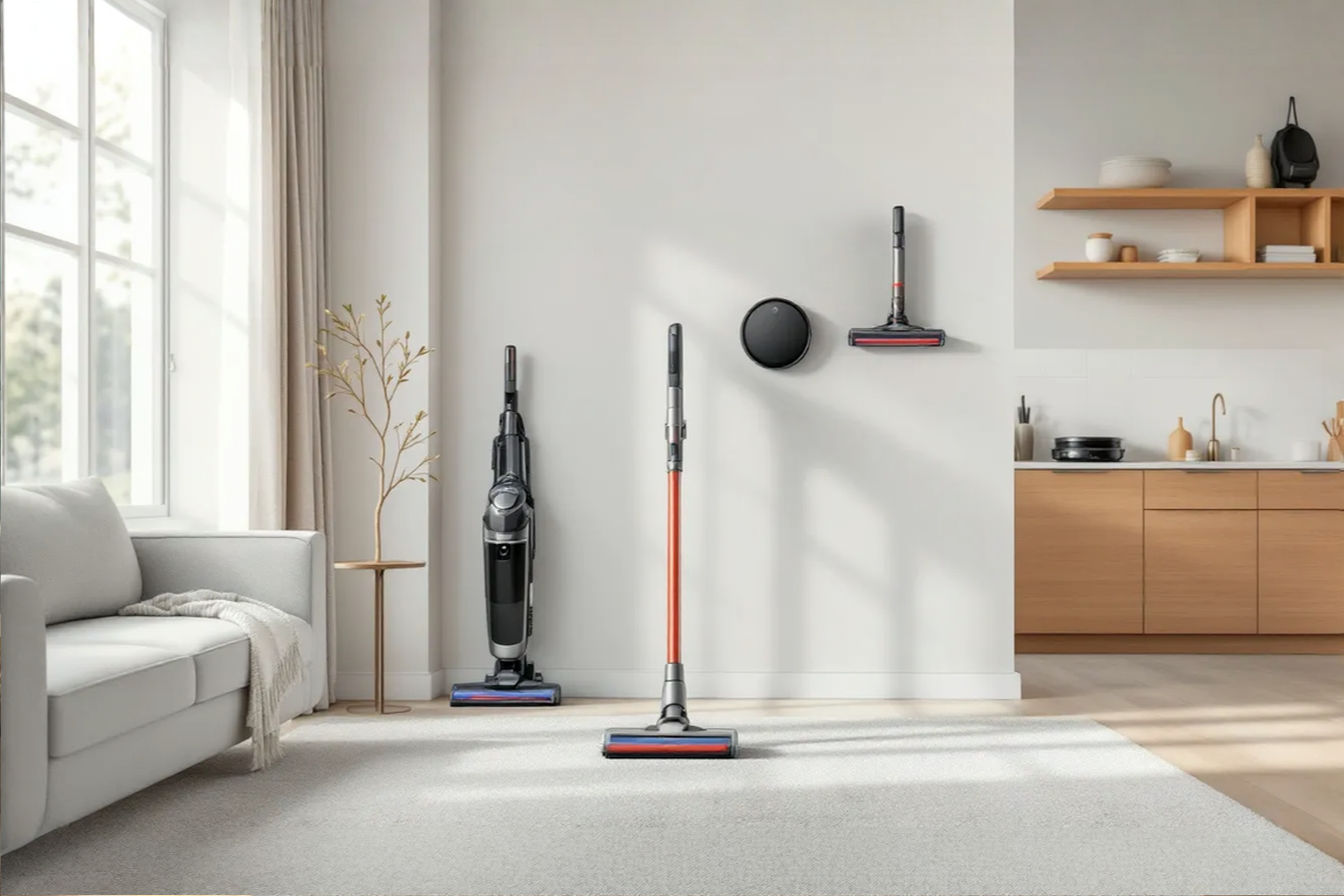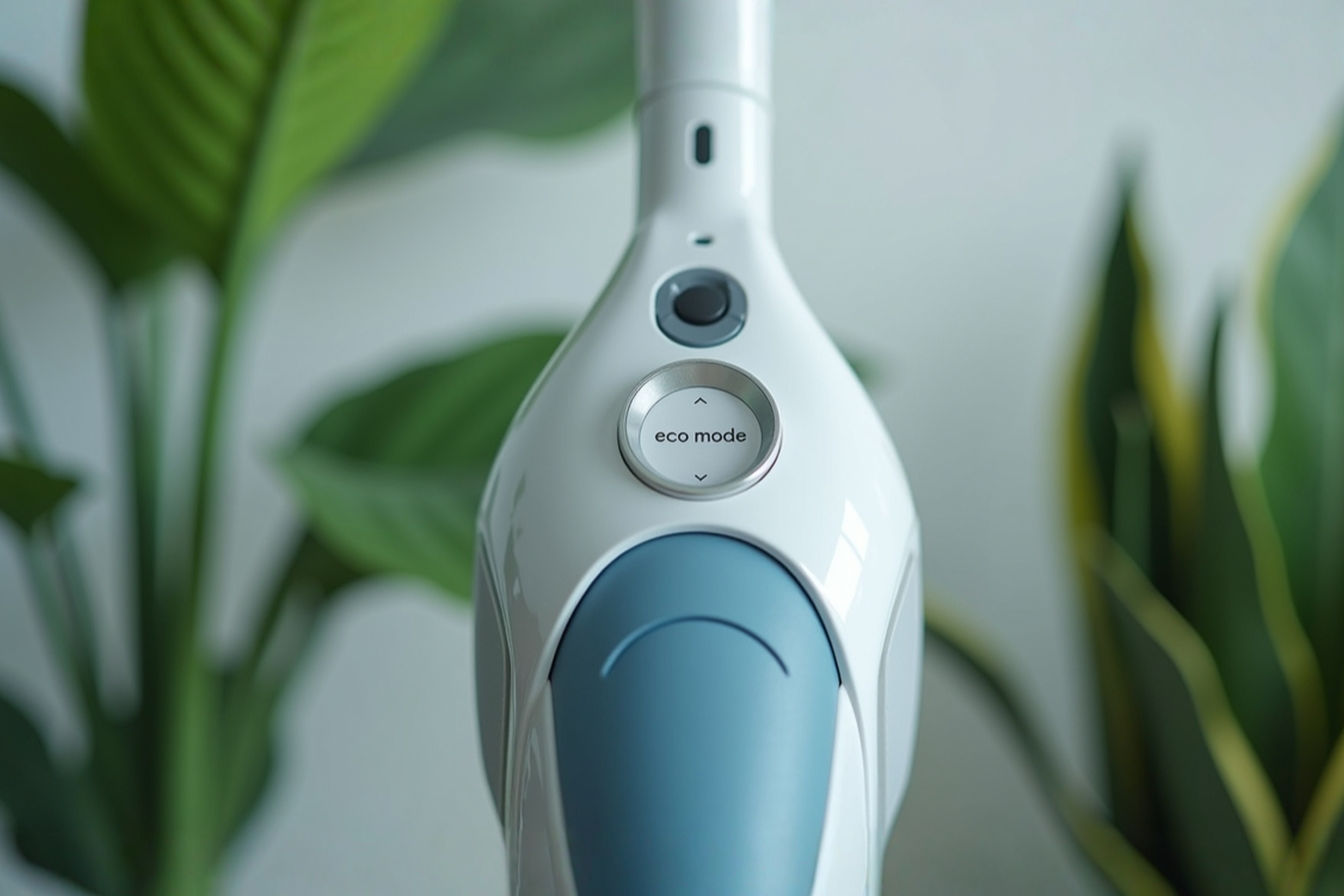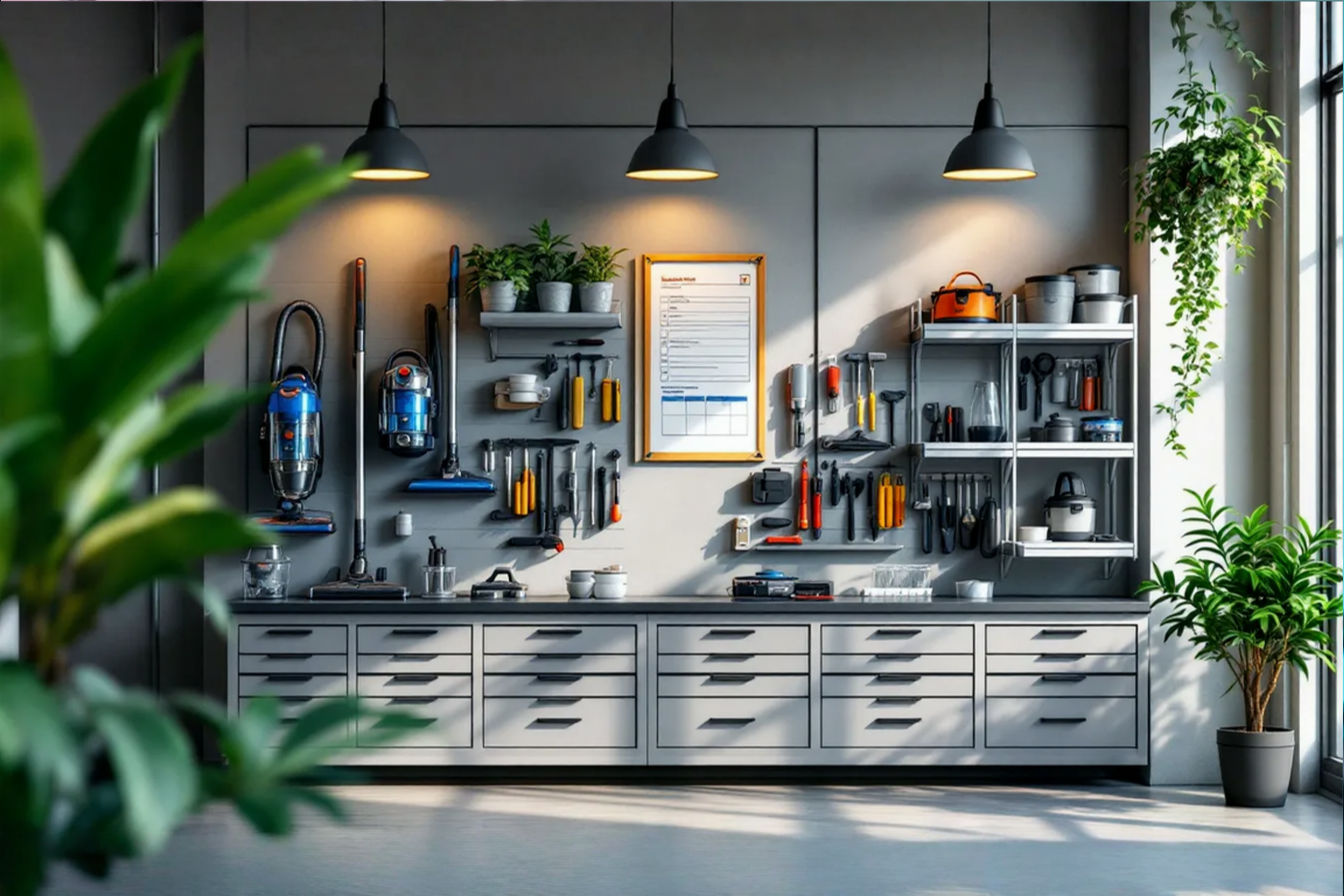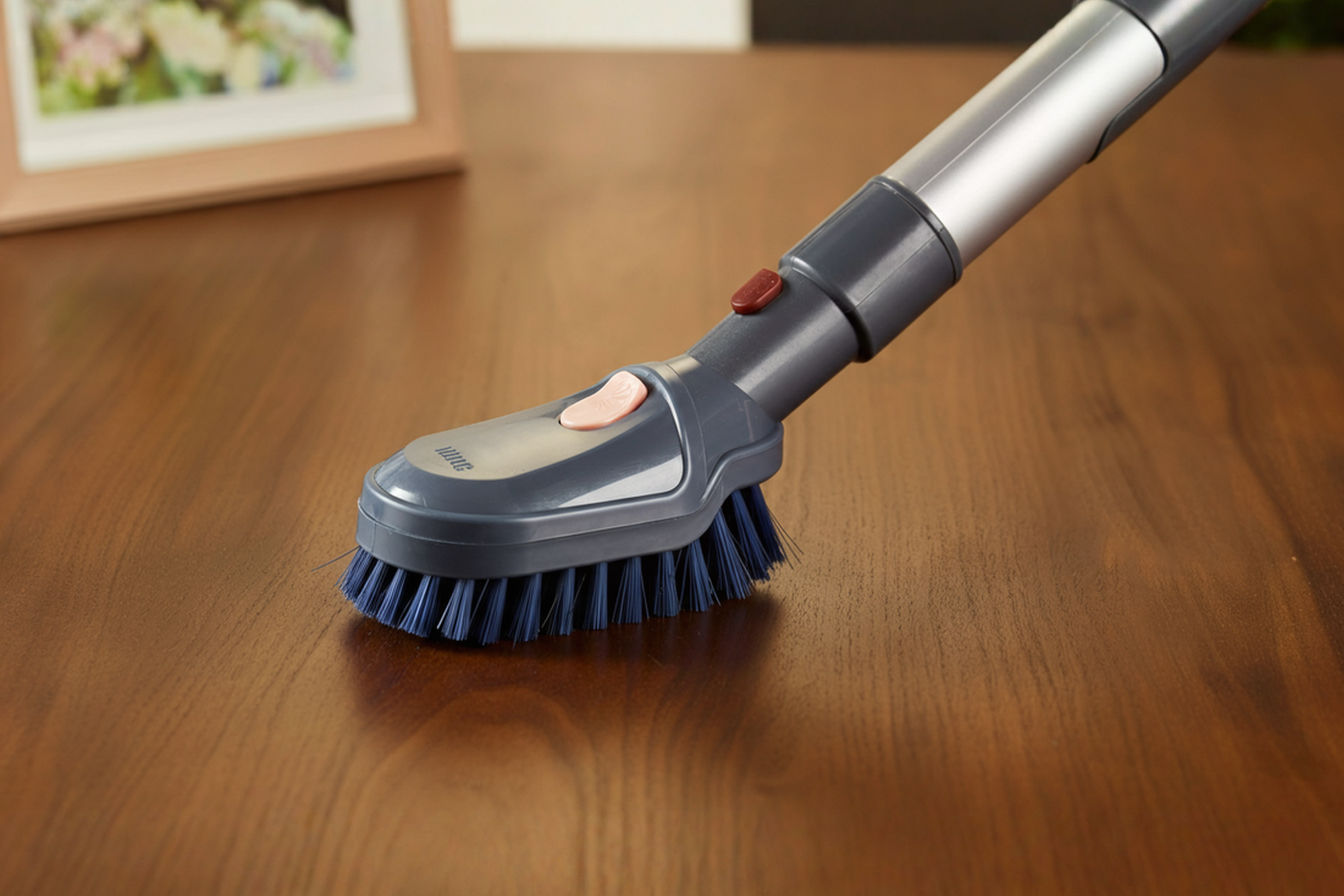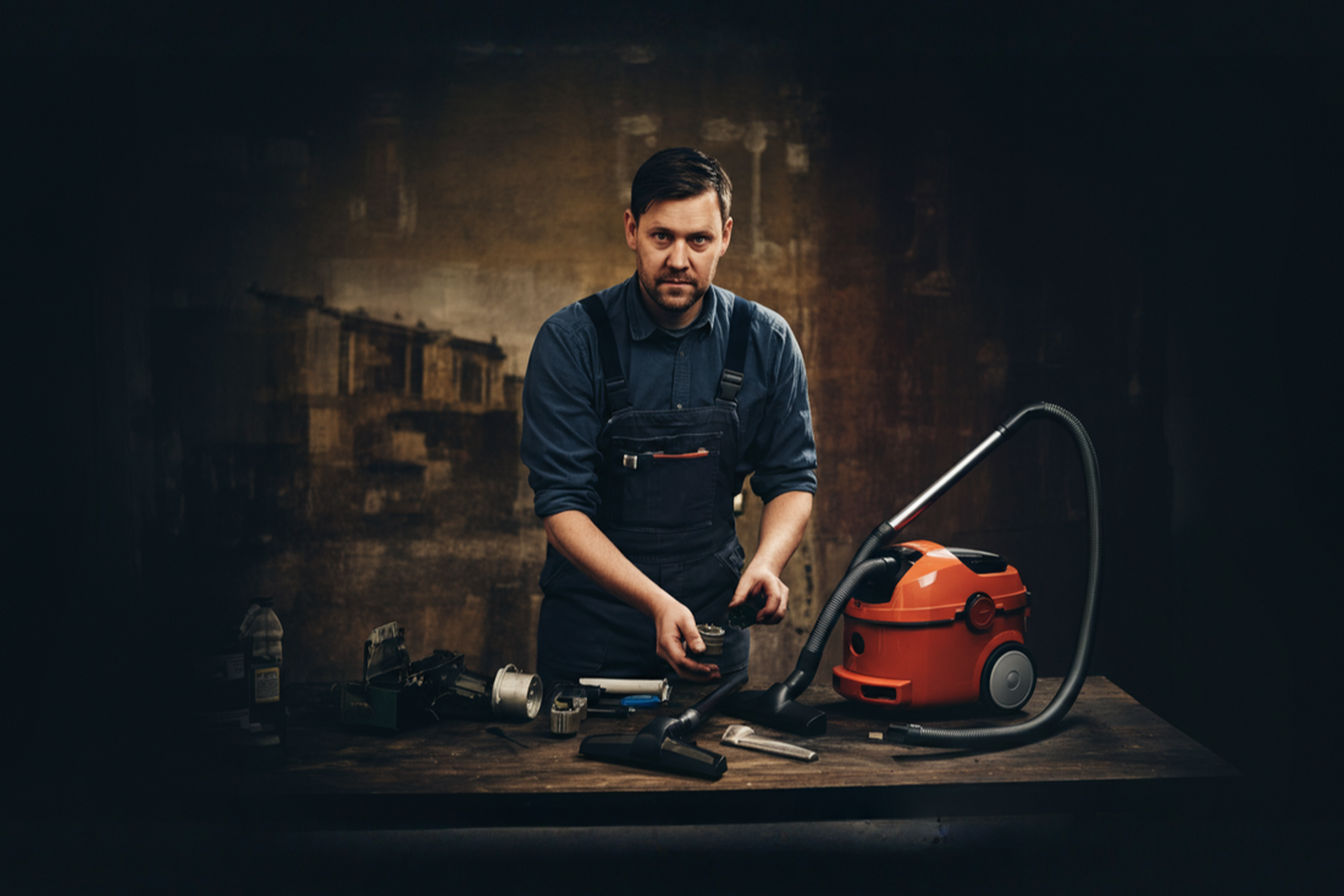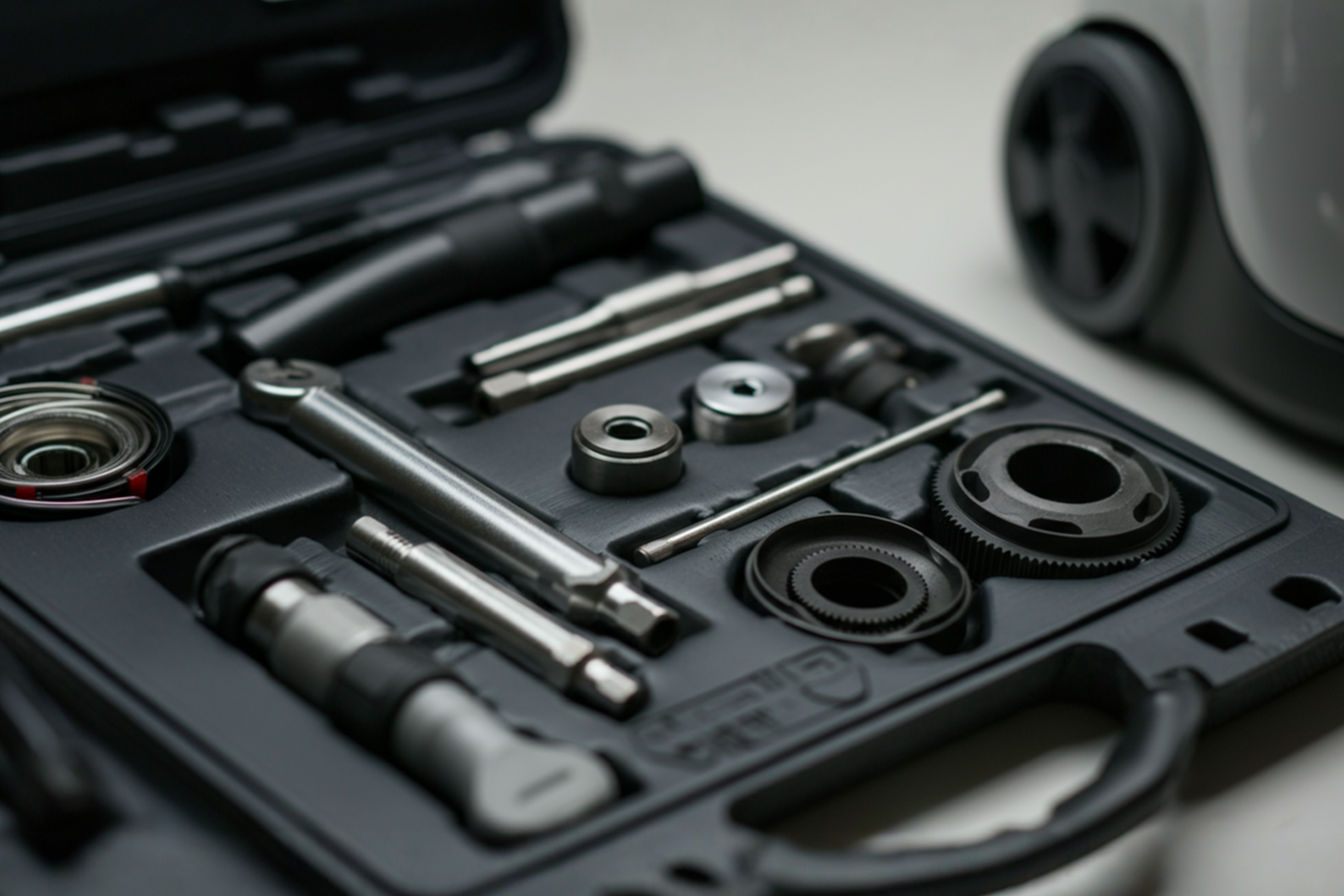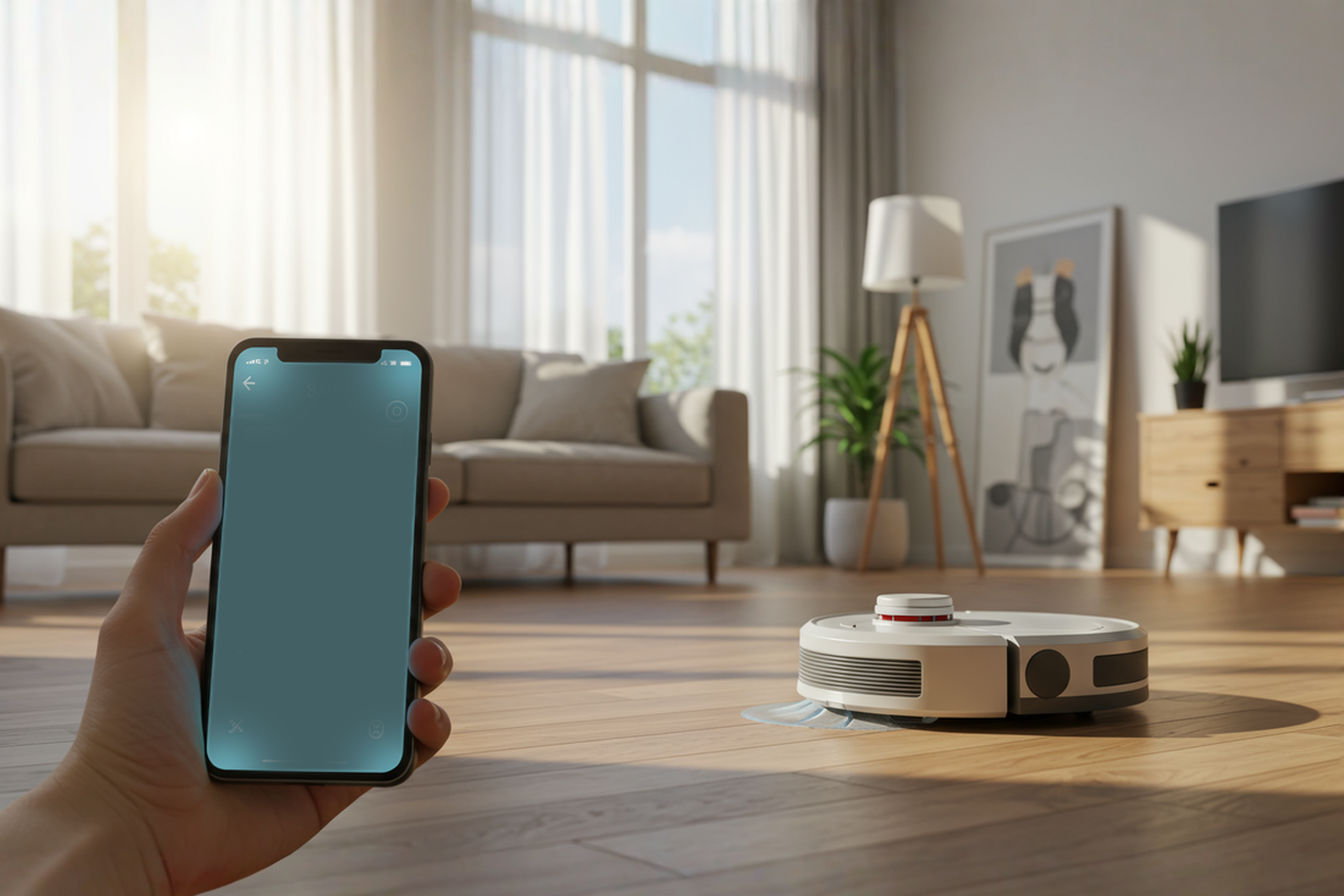Room-Specific Vacuum Designation: Creating Zones for Different Cleaning Tools
Tired of using one vacuum everywhere? Learn how creating dedicated cleaning zones with different tools can transform your maintenance routine. Discover which vacuum works best in each room for maximum efficiency.
This post may contain affiliate links. If you make a purchase through these links, we may earn a commission at no additional cost to you.
Many homeowners struggle with maintaining effective cleaning routines, often using one vacuum for all surfaces throughout their home. However, room-specific vacuum designation offers a strategic approach to household cleaning that maximizes efficiency and results. This comprehensive guide explores how creating dedicated cleaning zones with different tools can transform your maintenance routine.
Understanding Different Types of Cleaning Needs
Different rooms in your home face unique cleaning challenges. Carpet fibers in bedrooms trap different types of dirt than hardwood floors in living areas. High-traffic entryways accumulate more outdoor debris than closed-off formal dining rooms. Understanding these variations forms the foundation of an effective zone-based cleaning system.
Surface Types and Cleaning Requirements
Every surface in your home has specific maintenance needs. Deep-pile carpets require strong suction and rotating brushes to extract embedded dirt, while delicate hardwood floors need gentler cleaning to prevent scratches. Tile and grout in bathrooms demand specialized attachments for thorough cleaning, and upholstered furniture benefits from dedicated tools designed for fabric care.
Traffic Patterns and Debris Types
Analyzing household traffic patterns reveals how dirt and debris accumulate differently throughout your home. Entryways collect sand, salt, and outdoor materials. Kitchen floors gather food particles and spills. Home offices accumulate paper dust and electronic debris. Recognizing these patterns helps determine which vacuum type best serves each zone.
Essential Vacuum Types for Zone-Based Cleaning
Creating an effective room-specific vacuum system requires understanding the strengths and limitations of different vacuum types. Each design offers unique advantages for particular cleaning challenges.
Upright Vacuums for High-Traffic Areas
Upright vacuums excel in high-traffic carpeted zones. Their powerful suction and wide cleaning paths make them ideal for living rooms and bedrooms. These machines typically feature adjustable height settings to transition between different carpet depths, and their large capacity dust bins accommodate extended cleaning sessions without frequent emptying.
Canister Vacuums for Versatile Performance
Canister models provide excellent maneuverability for cleaning multiple surface types. Their separated design allows easy movement under furniture, making them perfect for formal living spaces and dining rooms. The lightweight wand reaches high ceilings and curtains, while various attachments handle different surface challenges.
Stick Vacuums for Quick Maintenance
Cordless stick vacuums offer unmatched convenience for daily touch-ups throughout the house. These lightweight tools work perfectly for kitchen spills, hallway maintenance, and quick bedroom cleanups. Their slim profiles store easily in utility closets or mounting stations near high-use areas.
Handheld Vacuums for Targeted Cleaning
Compact handheld vacuums serve as essential spot-cleaning tools. They excel at removing crumbs from dining chairs, cleaning car interiors, and tackling staircases. Modern versions often feature lithium-ion batteries for consistent power and various attachments for specific tasks.
Robot Vacuums for Automated Maintenance
Smart robot vacuums revolutionize zone-based cleaning through automated programming. These devices can map specific rooms, follow scheduled cleaning routines, and return automatically to charging stations. They work particularly well in bedrooms, home offices, and other low-traffic areas that require consistent maintenance.
Shop Vacs for Heavy-Duty Tasks
Shop vacuums handle demanding cleaning jobs in garages, workshops, and basements. Their powerful suction removes sawdust, metal shavings, and large debris that would damage regular household vacuums. Many models feature wet-dry capabilities for handling spills and floods.
Creating Your Home’s Cleaning Zones
Effective zone creation requires thoughtful assessment of your home’s layout and cleaning needs. This strategic planning ensures each area receives appropriate attention with the right tools.
Identifying Primary Cleaning Areas
Begin by mapping your home’s primary cleaning zones. Group rooms with similar flooring types and usage patterns. For example, combine all carpeted bedrooms into one zone, while treating hardwood living areas as another. Consider factors like pet traffic, children’s play areas, and entertainment spaces when defining these zones.
Establishing Cleaning Hierarchies
Not all zones require equal attention. High-traffic areas need more frequent cleaning than rarely used spaces. Establish a cleaning hierarchy that prioritizes essential zones while maintaining less-used areas efficiently. This approach prevents overwhelming maintenance schedules while ensuring critical areas remain clean.
Mapping Equipment Placement
Strategic vacuum placement reduces cleaning time and effort. Store cordless stick vacuums in kitchen pantries for quick spill cleanup. Position robot vacuum docking stations in bedrooms for overnight cleaning. Keep handheld models in mudrooms for immediate dirt removal from shoes and coats.
Room-by-Room Vacuum Designation
Each room in your home presents unique cleaning challenges that specific vacuum types address most effectively. Understanding these requirements helps create an optimized cleaning strategy.
Living Room and Family Areas
These high-traffic spaces typically combine multiple flooring types and furniture arrangements. Upright vacuums handle carpeted sections effectively, while canister models navigate around furniture and reach under sofas. A handheld vacuum manages upholstery maintenance, and stick vacuums provide quick daily touch-ups.
Bedroom Cleaning Strategies
Bedrooms benefit from robot vacuums that maintain daily cleanliness without disrupting personal spaces. Upright models deep-clean carpets during weekly sessions, while handheld vacuums clean mattresses and window treatments. Consider noise levels when selecting equipment for these quiet zones.
Kitchen and Dining Spaces
Hard surface floors in kitchens require gentle yet effective cleaning. Stick vacuums excel at daily crumb removal, while canister models with specialized hard floor attachments provide thorough weekly cleaning. Wet-dry vacuums handle spills and deeper cleaning needs in these food preparation areas.
Bathroom Maintenance
Small bathrooms benefit from compact cleaning tools. Handheld vacuums remove hair and dust from tight spaces, while specialized attachments clean tile grout and fixtures. Consider moisture-resistant models for these humid environments.
Garage and Workshop Organization
These utility spaces demand heavy-duty cleaning solutions. Shop vacuums handle sawdust, metal shavings, and large debris effectively. Their wet-dry capabilities also manage spills from automotive maintenance and yard equipment storage.
Storage Solutions for Multiple Vacuums
Managing multiple cleaning tools requires thoughtful storage planning. Proper organization ensures easy access while maintaining household aesthetics.
Strategic Placement for Efficiency
Store vacuums near their designated zones to minimize transport time. Create dedicated cleaning closets in central locations, or utilize existing storage spaces strategically. Wall-mounted systems save floor space while keeping tools readily accessible.
Space-Saving Solutions
Maximize storage efficiency with vertical organization systems. Install hooks for hanging cordless models, use over-door racks for attachments, and designate shelving for bulkier equipment. Modular storage units adapt to changing equipment needs.
Charging Station Organization
Cordless vacuums require designated charging areas. Create charging stations in utility closets or hidden cabinet spaces. Ensure adequate electrical access and ventilation for battery maintenance. Label charging locations to maintain organization when multiple cordless tools share space.
Developing an Efficient Zone-Based Cleaning Schedule
A well-structured cleaning schedule maximizes the benefits of your zone-based vacuum system. Regular maintenance prevents dirt accumulation while preserving equipment longevity.
Daily Maintenance Routines
Implement brief daily cleaning sessions using stick or robot vacuums. Focus on high-traffic areas and visible debris. These quick sessions prevent dirt from spreading to other zones and reduce the need for intensive cleaning later.
Weekly Deep Cleaning
Schedule comprehensive cleaning sessions for each zone weekly. Rotate through zones systematically to ensure complete coverage. Use appropriate vacuum types for each area’s specific needs, and clean attachments between zones to prevent cross-contamination.
Monthly and Seasonal Tasks
Plan monthly deep-cleaning sessions that address often-overlooked areas. Clean under furniture, vacuum mattresses, and maintain window treatments. Seasonal changes may require adjusting cleaning frequencies based on factors like pollen levels or holiday entertaining.
Emergency Cleaning Protocols
Establish procedures for unexpected messes. Keep handheld vacuums charged and accessible for immediate response. Designate specific tools for common emergency situations like pet accidents or party spills.
Cost-Benefit Analysis of Zone-Based Vacuum Systems
Investing in multiple vacuums requires careful financial consideration. However, the long-term benefits often outweigh initial costs.
Initial Investment Considerations
Quality vacuum systems represent significant upfront expenses. Prioritize essential tools first, then expand your collection gradually. Consider refurbished or previous-generation models to reduce costs while maintaining performance standards.
Long-Term Maintenance Savings
Specialized tools last longer when used appropriately. Reduced wear from proper usage extends equipment life, while targeted cleaning prevents premature floor and furniture deterioration. These savings offset initial investment costs over time.
Time Efficiency Benefits
Zone-based cleaning significantly reduces maintenance time. Having the right tool readily available eliminates equipment setup delays. Automated robot vacuums clean while you focus on other tasks, multiplying productivity.
Health and Air Quality Improvements
Proper vacuum selection improves indoor air quality. HEPA-filtered models trap allergens effectively, while specialized tools prevent dust recirculation. These health benefits reduce medical expenses and improve overall quality of life.
Integrating Other Cleaning Tools into Your Zone System
A comprehensive cleaning strategy extends beyond vacuums. Coordinating additional tools enhances overall effectiveness.
Coordinating Mops and Steam Cleaners
Hard surface zones benefit from integrated mopping systems. Pair vacuums with appropriate wet-cleaning tools for complete maintenance. Steam cleaners provide chemical-free sanitization for bathrooms and kitchens.
Organizing Cleaning Supplies by Zone
Store cleaning products near their designated use areas. Create zone-specific cleaning caddies that include appropriate solutions, cloths, and small tools. This organization reduces time spent gathering supplies.
Creating Mobile Cleaning Stations
Develop portable cleaning kits for multi-zone maintenance. Include microfiber cloths, dusters, and spot-cleaning solutions. These mobile stations complement your vacuum system for comprehensive cleaning coverage.
Troubleshooting Common Zone-Based Vacuum Issues
Even well-planned systems encounter challenges. Understanding common problems helps maintain effective cleaning routines.
Preventing Cross-Contamination
Clean vacuum filters and attachments between zones to prevent dirt transfer. Use separate tools for pet areas and food preparation spaces. Establish cleaning protocols that minimize bacterial spread between different room types.
Managing Cord Length Limitations
Strategically place electrical outlets during home renovations. Use extension cords safely when necessary, but prioritize cordless options for maximum flexibility. Map cleaning routes that minimize cord management issues.
Resolving Scheduling Conflicts
Coordinate cleaning schedules around household activities. Program robot vacuums during absence periods. Establish quiet hours for noise-sensitive zones. Communicate cleaning plans with family members to avoid disruptions.
Future-Proofing Your Room-Specific Vacuum System
Technology continues advancing cleaning capabilities. Planning for future developments ensures your system remains effective.
Smart Home Integration
Modern vacuums increasingly incorporate smart features. Wi-Fi connectivity enables remote operation and scheduling. Voice assistant compatibility allows hands-free control. Consider these features when expanding your vacuum collection.
Adapting to Changing Needs
Household requirements evolve over time. Children’s play areas transform into teen spaces. Home offices replace guest rooms. Design flexible systems that accommodate these changes without major reorganization.
Sustainable Cleaning Practices
Choose energy-efficient models to reduce environmental impact. Select bagless options to minimize waste. Maintain equipment properly to extend lifespan and reduce replacement frequency.
Conclusion
Room-specific vacuum designation transforms household cleaning from a tedious chore into an efficient, systematic process. By matching appropriate tools to specific cleaning challenges, homeowners save time, improve results, and extend equipment life. Start implementing zone-based cleaning gradually, beginning with high-priority areas and expanding as resources allow. The initial investment in multiple vacuums pays dividends through improved cleanliness, reduced maintenance time, and enhanced indoor air quality.
Embrace this strategic approach to create a cleaner, healthier home environment while simplifying your maintenance routine. With proper planning and implementation, room-specific vacuum designation becomes an invaluable component of modern household management.

